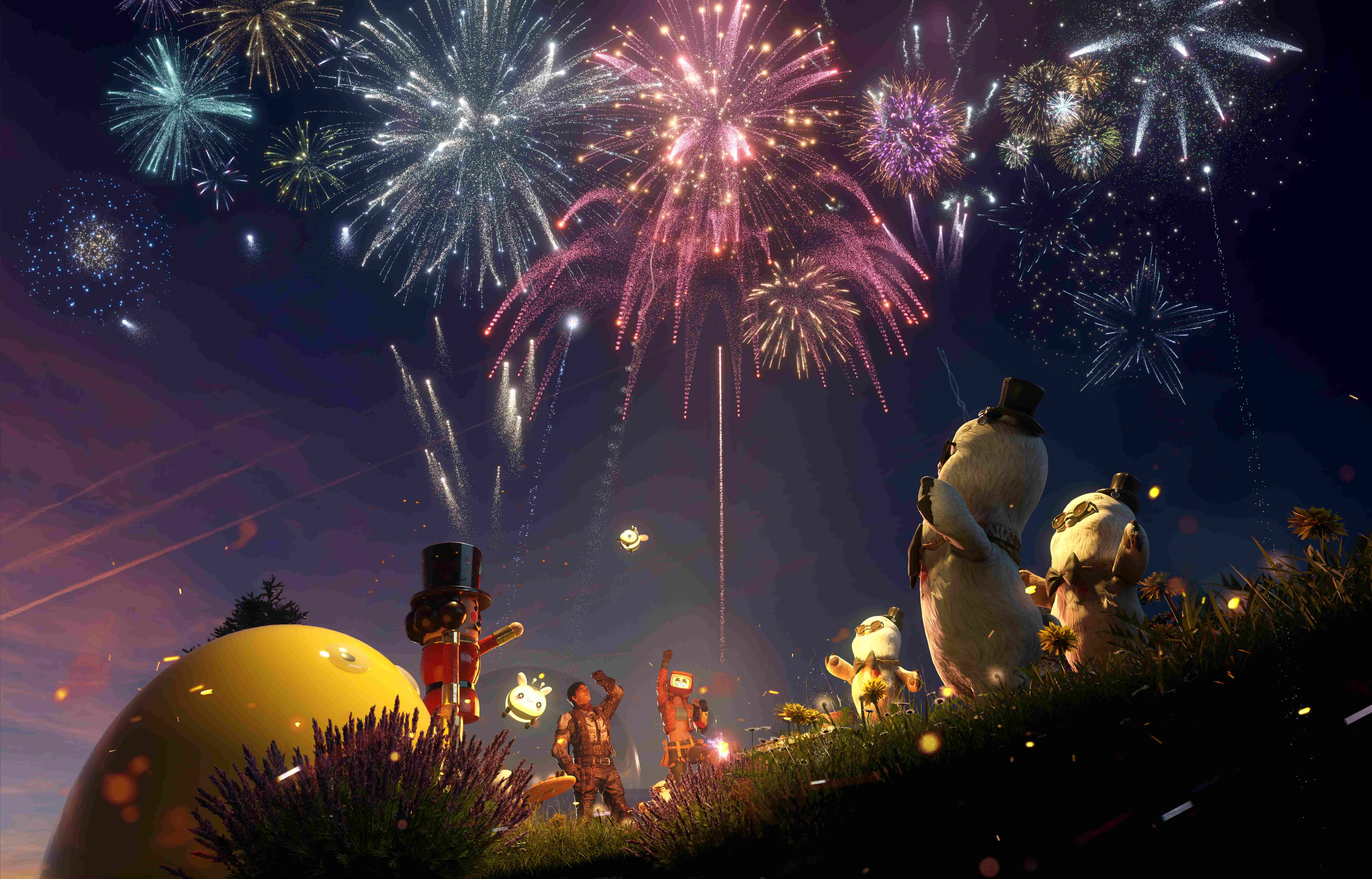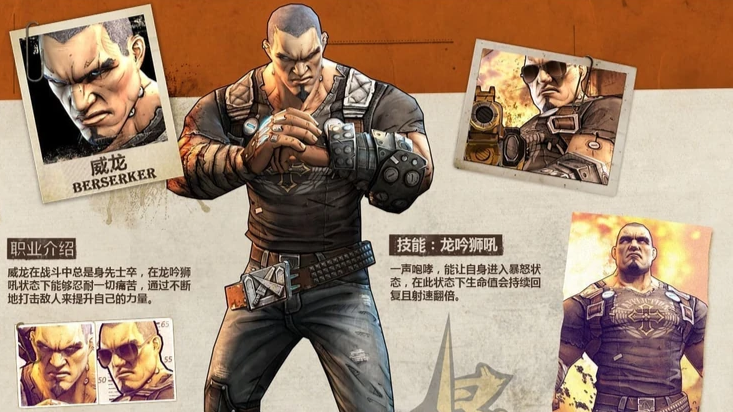
Have a perfect playthrough with these less-than-obvious tips and tricks.
I’ve put more than 55 hours into Midnight Suns pre-launch, and while I haven’t yet finished what’s turned out to be a surprisingly big game, I’ve clobbered more than enough Hydra to be of service to you.
On the surface, Midnight Suns is simpler than Firaxis’ other major series, XCOM. The play space is much smaller and your heroes can’t die. But the abundance of systems creates some idiosyncrasies—both in combat and inside the Abbey—that aren’t deeply explained. Here’s the stuff I’d want to tell myself if I was booting it up for the first time.
Read our Midnight Suns review for more in-depth criticism of the game.
Your starting hand size is 6, and you will always draw up to at least 6 cards
If you empty your hand on turn one, it’ll be refilled up to six at the start of turn two. And conversely, if you end a turn with 6 cards in your hand, you won’t draw any new cards at the beginning of the next turn. So if you’re holding cards that you don’t want, use redraw (hold R while highlighting a card) to cycle them out of your hand.
You should try to not end your turn with redraws remaining, especially as you accumulate cards that improve from being redrawn (Iron Man has more of these than most characters).
Play the objective—most missions instantly end when you complete it
You usually don’t have to kill every enemy. In fact, completing missions in fewer turns awards more stars and Gloss at the end.
Once you’ve moved a hero once, you can make as many adjustment moves as needed with that same hero to execute a perfect hit with a destructible. (Image credit: 2K Games)
Don’t dismiss knockback
Knockback isn’t just an incremental source of bonus damage, it’s a central combat mechanic.
I bring 4-5 knockback cards into battle. Almost every character has one or two knockback cards, but Magik and Spider-Man are the most knockout-focused characters in the game. Magik eventually unlocks a card called Limbo’s Grasp that gives a damage bonus to enemies that she punts through portals.
A single knockback hit might not deliver much damage compared to a heroic ability, but knockback damage scales up as you level up the Training Yard. Use knockback to also:
Deal extra damage and status effects by knocking enemies into destructible objectsDeal even more damage by knocking them into heroes**Knock opponents off the edge of the stage**, or occasionally through “drops” in the middle of the arena—look for a yellow percentage chance indicator when executing these ringouts
Most attack and heroic abilities auto-move your hero
At first, movement seems like something you don’t have to pay much attention to. You have one move per turn for all three characters you field. But many abilities will change your character’s position automatically, in a location you can’t dictate.
There are lots of incentives to not place your characters too close to one another. One enemy ability literally spreads like a contagion between characters, dealing damage to whoever they’re nearest. On that note…
Universal video game tip: don’t stand next to the explosive cylinders. (Image credit: 2K Games)
Use those environmental objects before Hydra does
That exploding barrel? It has no allegiances. I honestly might’ve heard it whisper “Hail Hydra” on turn two.
Some heavier enemies will gladly knock you into power boxes, concrete barriers, and other consumable breakables. You’ll generally want to save your heroism for heroic cards, but be aware of when you’ve placed a hero right behind one of these destructibles so they don’t get used against you.
Don’t go crazy grinding optional missions
The Mirror Table inside the War Room populates with new optional missions each day. If you’re an XCOM player, you’re probably gonna want to play a bunch of these to get new cards, level up characters, and generally get to grips with Midnight Suns. But you shouldn’t feel pressure to do this. Grinding too many optional missions, in my experience, can put some systems out of whack—like research and the rate at which you’re buying new base facilities. I found myself overpowered going into some climactic story missions, which watered down the payoff of these big fights.
Nico does it all: healing, heavy magic attacks, and a little hacking on the side. (Image credit: 2K Games)
Nico is a goth atom bomb
Some Midnight Suns characters are definitely more viable than others. Hunter is terrific, as are Iron Man and Captain Marvel. But once I cut a couple of her starting cards from her deck, I found Nico to be a particularly powerful damage dealer and healer. Her Witchfire ability in particular is great at mopping up enemies you encounter in the mid-game who multiply each turn.
Check your kill count in the Profile page. (Image credit: 2K Games)
Don’t miss the character stats screen
Here’s something I didn’t notice until I was 40 hours in: the “Profile” screen within the Heroes tab contains information like strengths and weaknesses, your Friendship level, and which cards you’ve played and upgraded for each character. Aren’t sure which characters are considered “Technician” for Hero Ops? Check here.
Difficulties unlock one by one as you complete missions. (Image credit: 2K Games)
Crank the difficulty
You unlock difficulties by completing missions (any mission, not just story missions), and you unlock them more quickly if you earn more stars at the end of a mission. I turned the difficulty up each chance I had to and didn’t regret it before settling on Ultimate I. You earn more Gloss and hero XP proportional to your difficulty level.
Story missions are often two-parters
Comic book villains are bad at dying. And in Midnight Suns, they often return in a second phase of the battle on story missions. Take note: heroes’ health, block, and the hand you’re holding will carry over into this second fight. Be sure that you’re ready for another battle when you deal the killing blow in phase one, partly because…
You can’t back out of a mission once you start it, or: save scumming is OK
I’ve gotten stuck in missions a couple of times when I brought an injured hero or bad team comp into a mission. Midnight Suns doesn’t tell you upfront that if you fail a mission, your only options are to repeat it or reload an older save file. It’s worth banking a save at the Mirror Table before heading out on higher-difficulty encounters, or when you’re experimenting with lower-level heroes.
Even hell dogs are good dogs. (Image credit: 2K Games)
Pet your precious hell dog, for Satan’s sake
Midnight Suns’ mascot Charlie isn’t just a loyal companion, she’s a source of free Gloss and credits resources throughout the game. And maybe more importantly, you fight alongside the lil’ Cerberus on special missions. Your relationship with Charlie (through praise and pats) affects her power level in these fights. Pet the hell dog; Charlie’s usually in your room or in the common area outside it each day.
Burn bad cards
Speaking of Midnight Suns resources, the by-far fastest way to accumulate them is recycling cards you don’t like. You can do this either in your inventory (hit Tab ➡ Inventory) or in characters’ individual “Edit Deck” menus.
The Training Yard is one of the easiest Abbey areas to level up. (Image credit: 2K Games)
Skip leg day
Combat training in the Yard can provide some nice bonuses and relationship XP, but it also costs credits, which are relatively hard to come by in the opening 10 or 20 hours of the game. If you’re running easy- or normal-rated missions, you probably don’t have to run a combat training session in the yard.
Damage numbers on cards scale with leveling
Most of the damage stats on cards increment higher automatically as you level up that character.
Uncanny X-Men #160 is considered one of Magik’s key issues, so giving it to her as a gift will get you a few bonus friend-points. (Image credit: 2K Games)
Read the gift descriptions
Early on you unlock a gift shop that sells items you can gift to characters during hangouts or havens for a smallish amount of Gloss, Midnight Suns’ cosmetic currency. Most items include a clue about who they’re best suited for in their description, and even if you don’t know a ton about these characters you can pick up on their backstory through conversation segments. Blade likes reading (especially about Captain Marvel, if you can find her autobiography), Iron Man likes snacks, and Doctor Strange likes anything to do with meditation or medicine.
Don’t worry too much about character levels—Midnight Suns will adapt mission parameters to match the team you field to some extent. (Image credit: 2K Games)
There are Friendship “Prestige” levels that increase passive stats
Once you hit the max Friendship level of 5 on a character through conversations, hangouts, and compliments, you can keep showering them with friendship to gain incremental basic stat increases for that character.
Right-click (or Esc) to skip dialogue lines
If this was obvious to you, congrats, but I sat through hours of inconsequential dialogue thinking there was simply no way to skip to the next line. Not until I accidentally pressed right-click while chatting up Captain Marvel did I realize that not only dialogue, but most cutscenes, can be skipped with the mouse.




